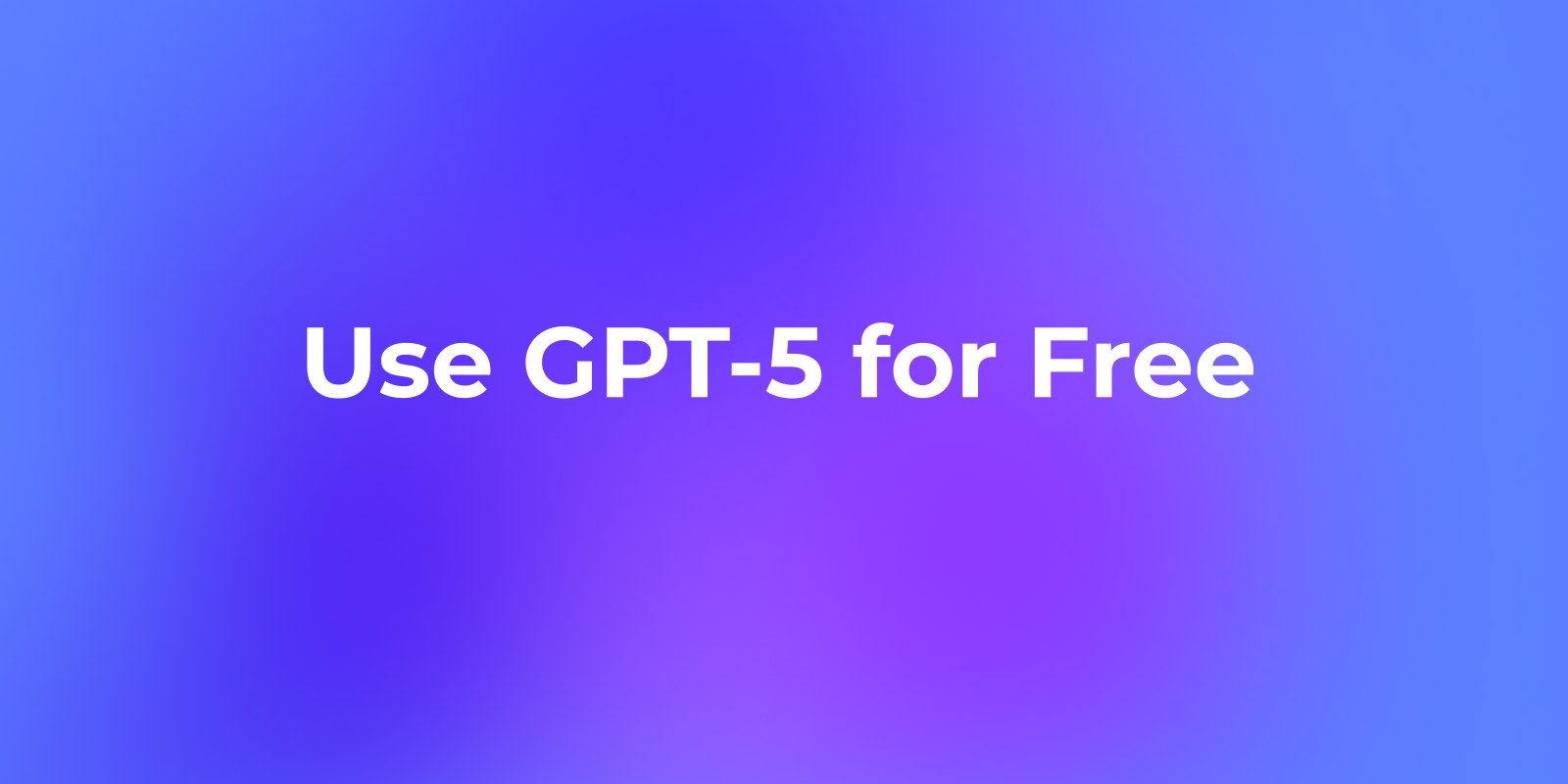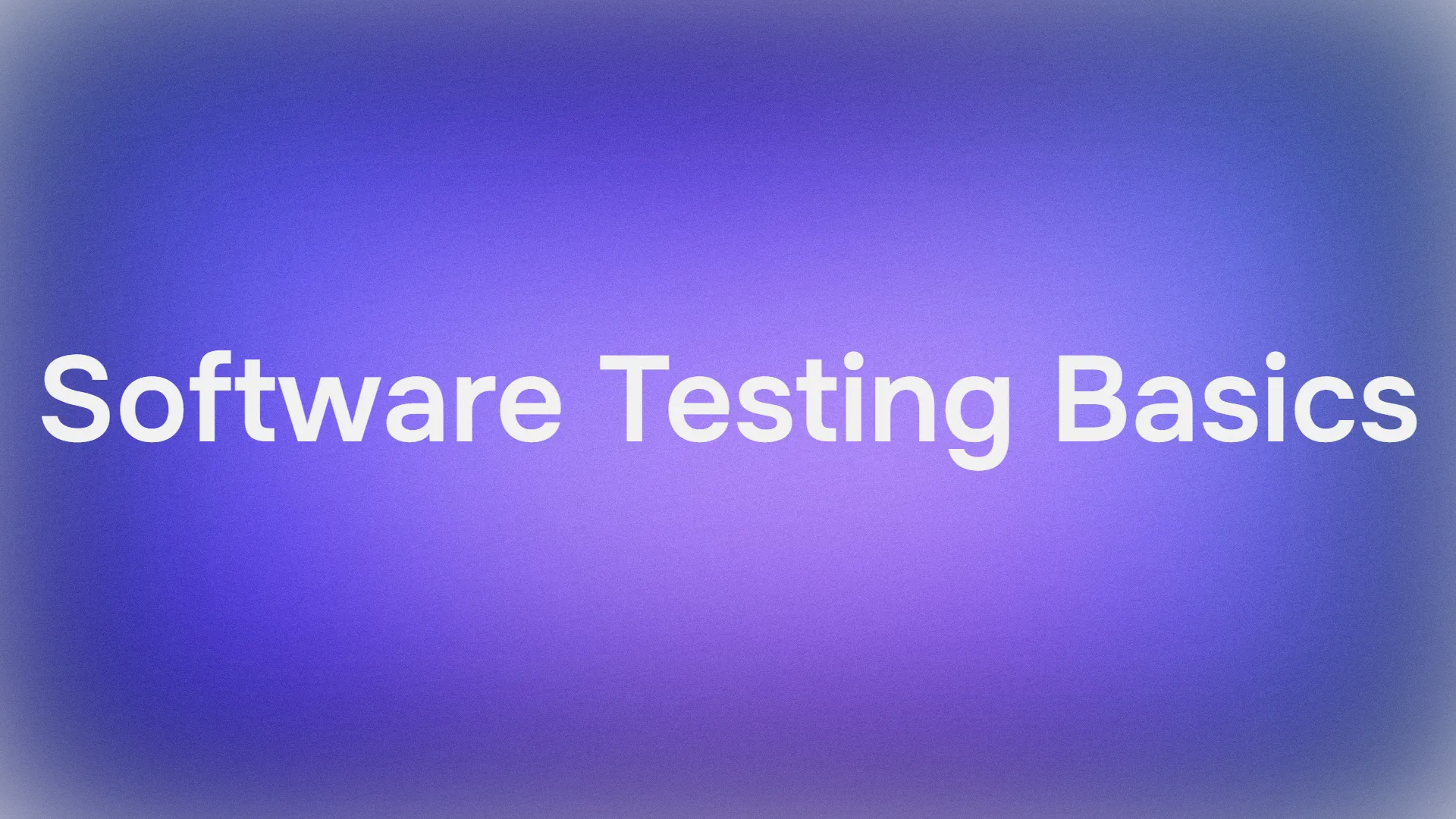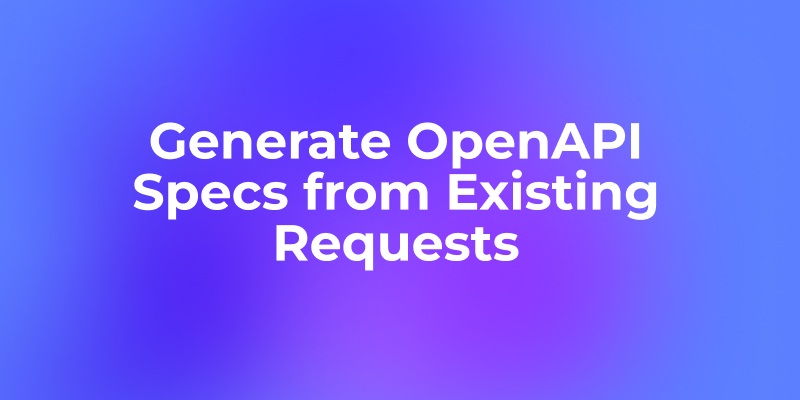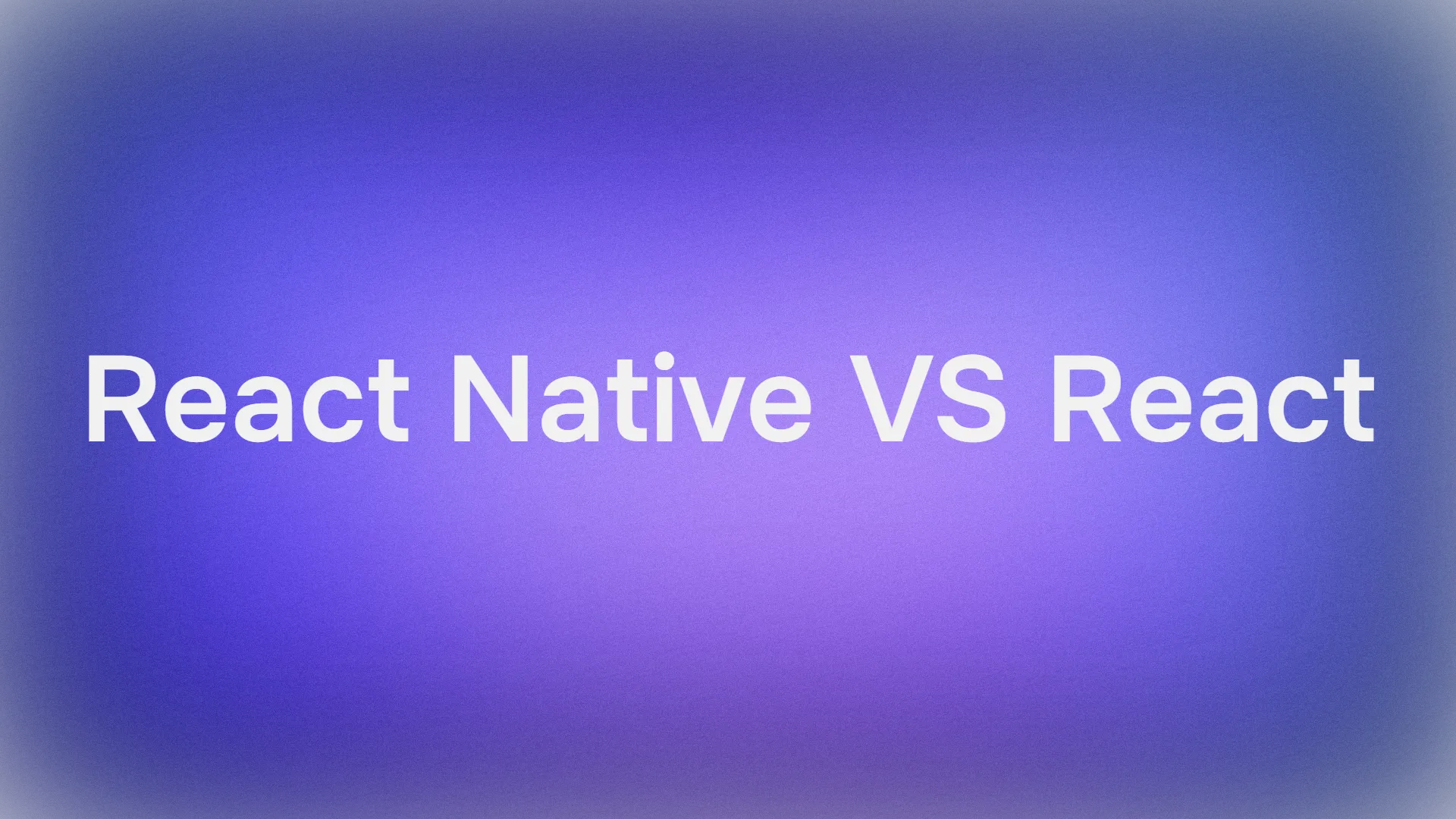In the rapidly changing world of AI, GPT‑5 has become the model many users want to try right now. The good news: there are legitimate ways to use GPT‑5 for free, within policy and with clear limits. This guide details how to access free GPT‑5 via ChatGPT, how to tap into time‑limited free access in developer tools, and how to use Microsoft Copilot when it exposes GPT‑5 features.
Pro Tip: When you use GPT‑5 to draft an API contract or generate endpoint ideas, move fast from idea to production with Apidog. Design, mock, test, and document your API in one place—no context switching.
How to Use GPT‑5 for Free in ChatGPT
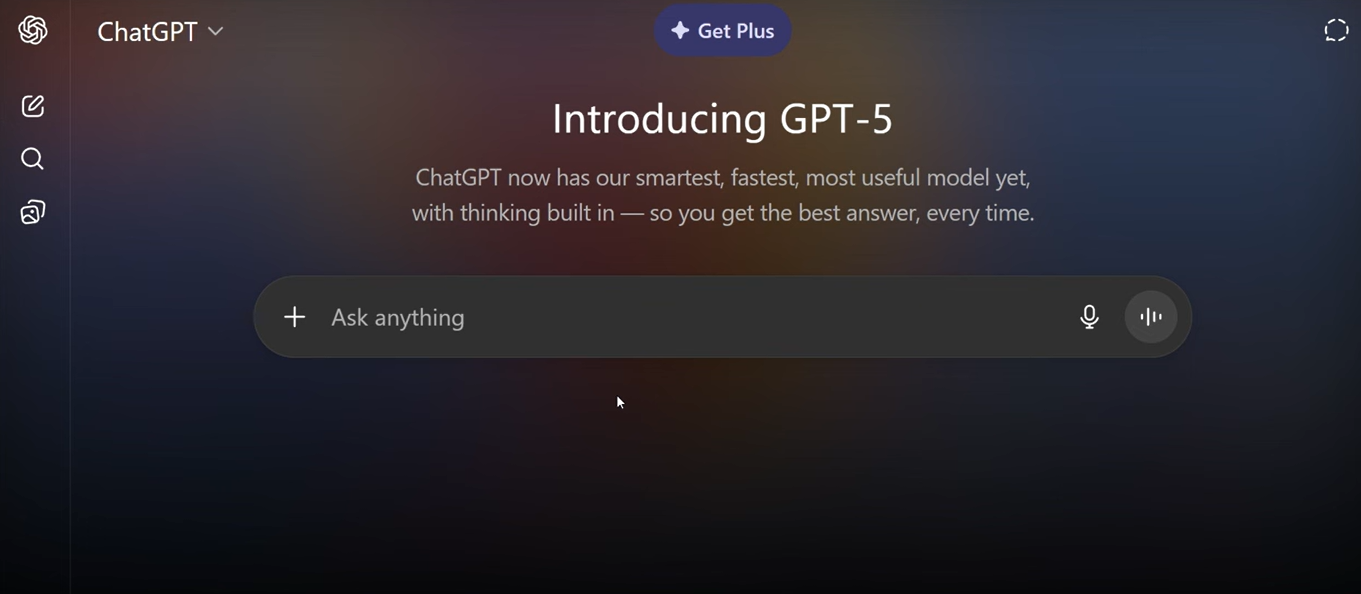
If you want the most direct, policy‑compliant way to use GPT‑5 for free, start with ChatGPT. GPT‑5 is the default for signed‑in users, with resource‑aware limits that vary by tier. Free users can access GPT‑5 with message caps; once you hit the threshold, ChatGPT automatically routes to a smaller companion model, and resets after a cooldown window. This gives you a reliable way to try GPT‑5 without a subscription while understanding the constraints up front.
Based on public product notes, you should expect:
- A fixed number of GPT‑5 messages within a given time window (e.g., waves per several hours)
- Occasional access to a deeper "thinking" response mode, reserved mostly for paid tiers
- Automatic fallback to a smaller model after you reach your GPT‑5 free usage cap
How to get the most out of free GPT‑5 in ChatGPT:
- Sign in to ChatGPT and confirm GPT‑5 is selected. If a model picker is visible, choose GPT‑5. If not, ChatGPT will route requests automatically.
- Prioritize your top prompts first. Delve into tasks where GPT‑5’s reasoning helps most—synthesis across many facts, code diagnostics, structured writing, and data‑to‑document transforms.
- Ask for structure in outputs. Use bullet lists, tables, outlines, and JSON blocks to make results copy‑ready for downstream tools.
- Indulge in short, iterative prompting. Shortening prompts increases throughput under message limits and helps you learn exactly how GPT‑5 responds.
- Save "deep thinking" tasks for when you still have GPT‑5 quota remaining. If you hit the cap, schedule those tasks right after the next reset window.
A simple flow that teams use:
- Draft: Ask GPT‑5 to propose a data model or endpoint list for a new service
- Review: Request concise trade‑offs and acceptance criteria
- Implement: Move the winning plan into Apidog to design the API spec, create mocks, and generate tests
Why this matters for APIs: GPT‑5 is strong at turning ambiguous requirements into coherent outlines. Combining that with Apidog's spec‑first workflow lets you reduce rework and keep design, tests, and docs in sync. You can validate responses against your OpenAPI contract, share mocks with front‑end teams, and automate regression checks.
Note: Usage policies, limits, and model routing can change. Always check the latest details in ChatGPT's interface and help pages.
Use GPT‑5 for Free with Developer Tool
Developers often want GPT‑5 inside the editor. During launches and promotions, popular coding tools like Cursor, Windsurf, and Lovable have offered free access windows for GPT‑5—sometimes with caps or time limits. These periods are perfect for testing GPT‑5 against your real codebase, especially for refactors, test generation, and multi‑file reasoning.
What to expect from these tools:
- Time‑boxed exposure to GPT‑5 or "smart GPT‑5" variants
- Model pickers that let you select GPT‑5 when enabled
- Limited quotas per day or per account, subject to change
- Occasional auto‑routing to lighter models when limits are reached
Getting started quickly:
- Cursor: Update to the latest version. Open the model menu and pick GPT‑5 if listed. Use Chat or Composer to reason across files. Try "think hard about this" when you need deeper analysis.
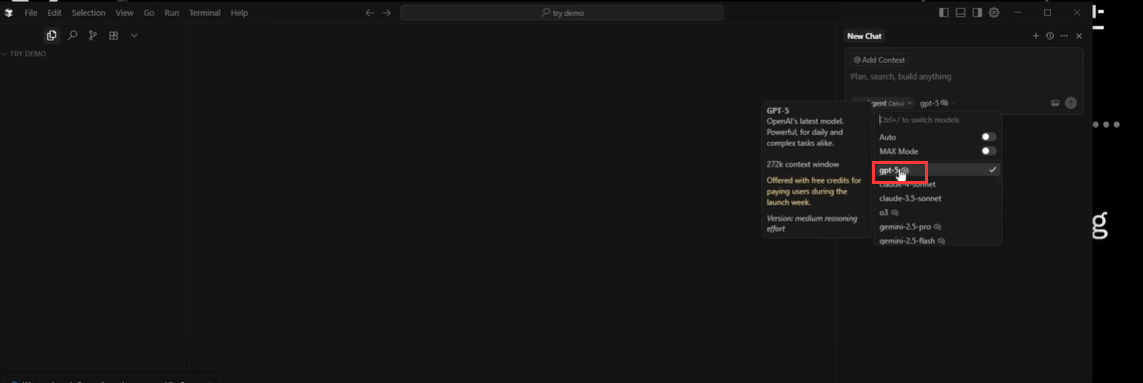
- Windsurf: Install or update. Search for GPT‑5 models in the model selector. Use the agentic code features to navigate large repositories.
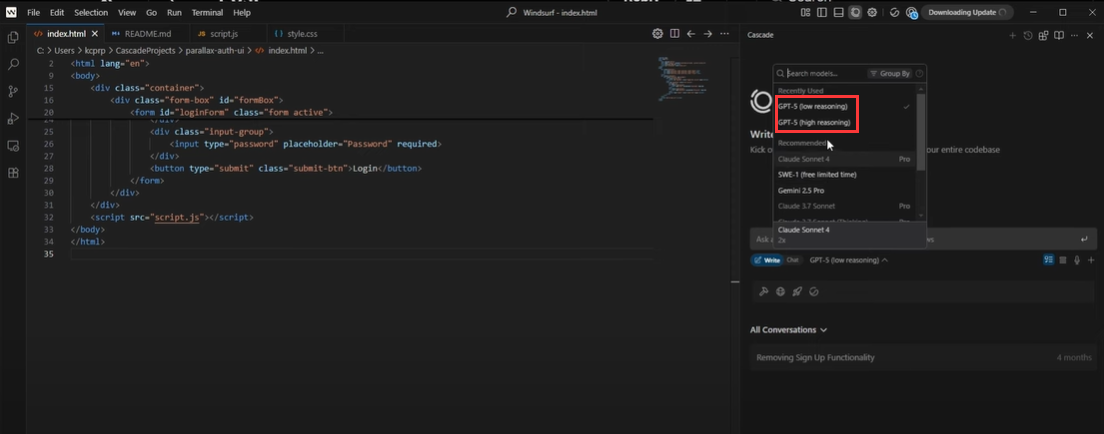
- Lovable: Sign in on the web. If GPT‑5 is enabled for your account window, select it in the model dropdown and run prompts directly in the browser.
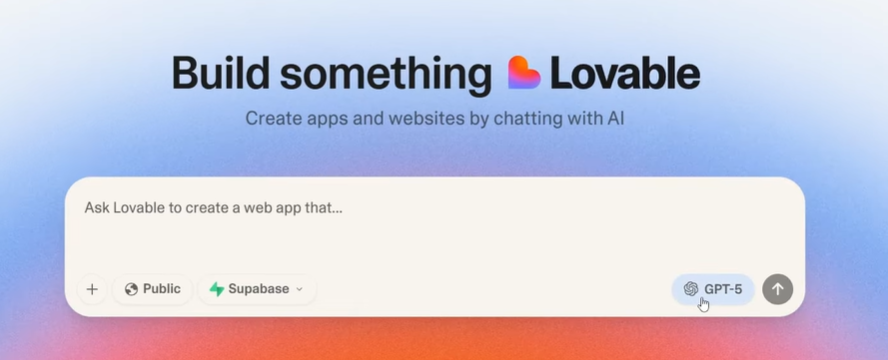
A handy comparison at a glance:
Platform | How you use GPT‑5 for free | Typical limit (subject to change) | Best for |
ChatGPT | Default model with caps; auto fallback to mini | Message waves per time window | General reasoning, writing, Q&A |
Cursor | In‑editor model picker during promos | Time‑boxed or daily quotas | Multi‑file coding, refactors, tests |
Windsurf | Model selection in app | Time‑boxed or daily quotas | Repository‑level reasoning |
Lovable | Web model picker during access windows | Time‑boxed availability | Quick prototypes in browser |
Practical tips for code work:
- Ask for small, verifiable diffs. Let GPT‑5 propose changes file by file.
- Request tests next to changes, not afterward. This aligns with CI expectations.
- When results look right, paste them into your repo and run your checks. Keep dev in control.
- For fragile areas, ask GPT‑5 to enumerate risks and edge cases first, then write code.
Where Apidog fits:
- Use GPT‑5 to draft endpoints, payloads, and error models, then bring that plan into Apidog to create or import an OpenAPI spec.
- Generate mocks to unblock front‑end work, even before the backend is ready.
- Validate responses against the spec automatically, using visual assertions and variable extraction.
- Share living docs that update as your API evolves. This pairing lets teams move from "smart code suggestions" to "shippable services" without gaps between design, tests, and documentation.
Use GPT‑5 for Free with Microsoft Copilot
Another route to use GPT‑5 for free is through Microsoft Copilot and similar surfaces when they expose GPT‑5 features. In some periods, Copilot has shown "smart GPT‑5" style capabilities, especially for general‑purpose queries, writing, or quick coding suggestions. Because these deployments can vary by region, account type, and time, treat this method as an opportunistic channel rather than a guaranteed pipeline.
What to know before you rely on this path:
- Availability is variable. Features can roll out gradually or be A/B tested.
- Naming may differ. You might see "smart GPT‑5" or other indicators rather than a plain model name.
- Behavior is tuned for Copilot’s UX, which can mean tighter guardrails and shorter responses than a dedicated development tool.
How to make the most of it when available:
- Start with clear goals. Decide if you want quick answers, short code fixes, or outlines.
- Use structured prompts. Ask for bullet lists, steps, or a table so you can copy the results into your project.
- Chain tasks. If Copilot gives you a plan, ask it to expand each step into the next action. Keep the chain short to stay within limits.
- Save deep or long‑context tasks for a tool that supports longer reasoning windows (for example, your next ChatGPT wave or an editor integration when GPT‑5 is enabled).
Security and privacy reminders:
- Avoid sharing secrets or customer data in any public AI surface.
- Keep source code snippets minimal if the tool’s data policy is unclear for your use case.
- For enterprise scenarios, use managed, policy‑compliant tenants and review data retention.
Connect this flow with Apidog:
- Use Copilot to outline an API change request—endpoints, inputs, outputs, and error conditions.
- Move that outline into Apidog, generate a clean spec, and share with stakeholders.
- Run tests and mocks from Apidog to validate assumptions before coding.This way, even when access is temporary, your output is durable: it becomes a well‑structured API contract, tested and documented.
Conclusion
There are several safe, objective ways to use GPT‑5 for free today: the default ChatGPT experience with message caps, time‑boxed access in developer tools like Cursor, Windsurf, and Lovable, and periods where Microsoft Copilot exposes GPT‑5‑level capabilities. Each path comes with limits, quotas, or changing availability—but each is enough to validate GPT‑5 on your real tasks.
The most effective teams treat free GPT‑5 as a high‑leverage starting point, not the entire pipeline. Use it to clarify requirements, draft designs, and de‑risk decisions. Then move your work into a reliable system of record for APIs. That is where Apidog excels:
- Design and version your API with a spec‑first workflow that scales
- Auto‑generate mock servers to unblock front‑end progress
- Validate responses against your contract with visual assertions
- Document endpoints clearly for teammates and partners
- Integrate with CI/CD so quality checks run on every change
In short: use GPT‑5 for free to think better and faster; use Apidog to ship durable, production‑ready APIs. This combination keeps creativity high and risk low. As access windows and quotas evolve, your process remains steady—clear contracts, strong tests, and living documentation. That is how you turn rapid AI exploration into lasting product value.
